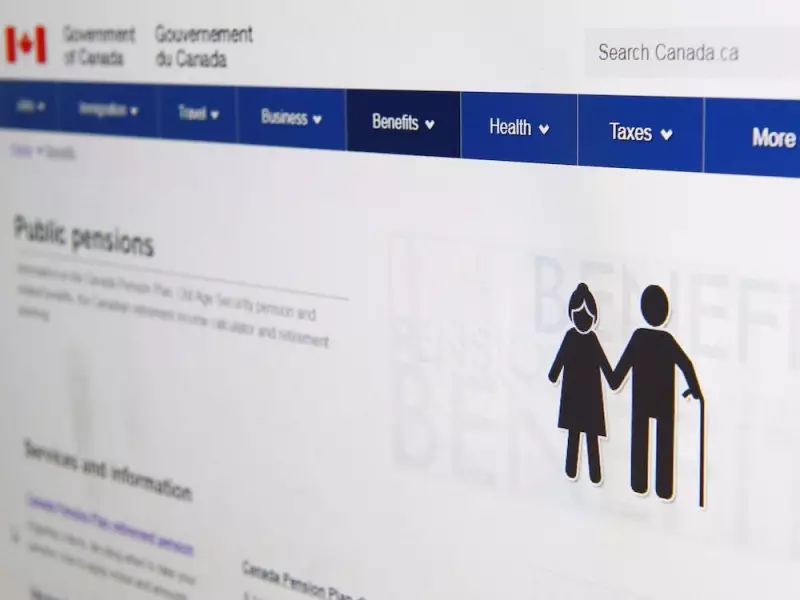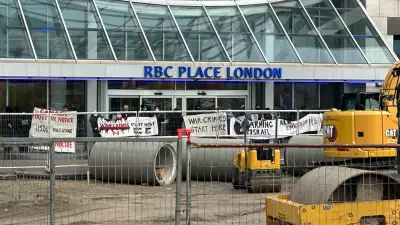
In the extensive 493-page budget presented by Finance Minister François-Philippe Champagne, one significant change was conspicuously missing: any attempt to reform Canada's costly Old Age Security program. Despite Prime Minister Mark Carney's ambitious plans to reshape the nation, tackling OAS proved too politically sensitive for his government.
The Growing Financial Burden of OAS
As a lifelong baby boomer, I can attest that our generation has expertly crafted social systems that benefit ourselves, often at the expense of future generations. The welfare state, built on mounting debt, now threatens to limit opportunities for younger Canadians.
Old Age Security stands out as one of the most expensive and easily accessible programs. Canadians aged 65 and over who have lived in the country for parts of their life typically qualify. The maximum payment currently sits around $8,900 annually, increasing to approximately $9,800 for those 75 and older. Payments reduce for individuals with incomes exceeding $91,000.
Projected Costs Skyrocket
While individual payments won't make anyone wealthy, the collective cost to taxpayers is substantial and growing. A 2020 report based on 2018 data projected that annual OAS expenditures would surge from $46 billion in 2020 to $94 billion by 2035, eventually reaching a staggering $195 billion by 2060.
University of British Columbia professor Paul Kershaw, who leads a generational fairness advocacy group, argues that OAS clawbacks should begin at much lower income levels. He notes that the program now costs $42 billion more than it did a decade ago and contributes more to deficit spending than childcare, pharmacare, dental care, or defense.
Context and Clarifications
It's worth noting that two programs Kershaw mentions—pharmacare and dental care—were introduced by the Trudeau government long after budget deficits had ballooned. Meanwhile, childcare spending has increased dramatically, and defense spending is poised to follow suit.
However, it's crucial to understand what OAS isn't: it's not a program that benefits wealthy elites. Prominent figures like Edward Rogers don't receive OAS payments due to income clawback provisions. Mark Carney won't qualify either, both because of his wealth and his years working outside Canada as a finance executive and head of Britain's central bank.
The program serves ordinary Canadians who've contributed to the country throughout their lives, though its escalating costs demand serious consideration as the population ages and fiscal pressures mount.





